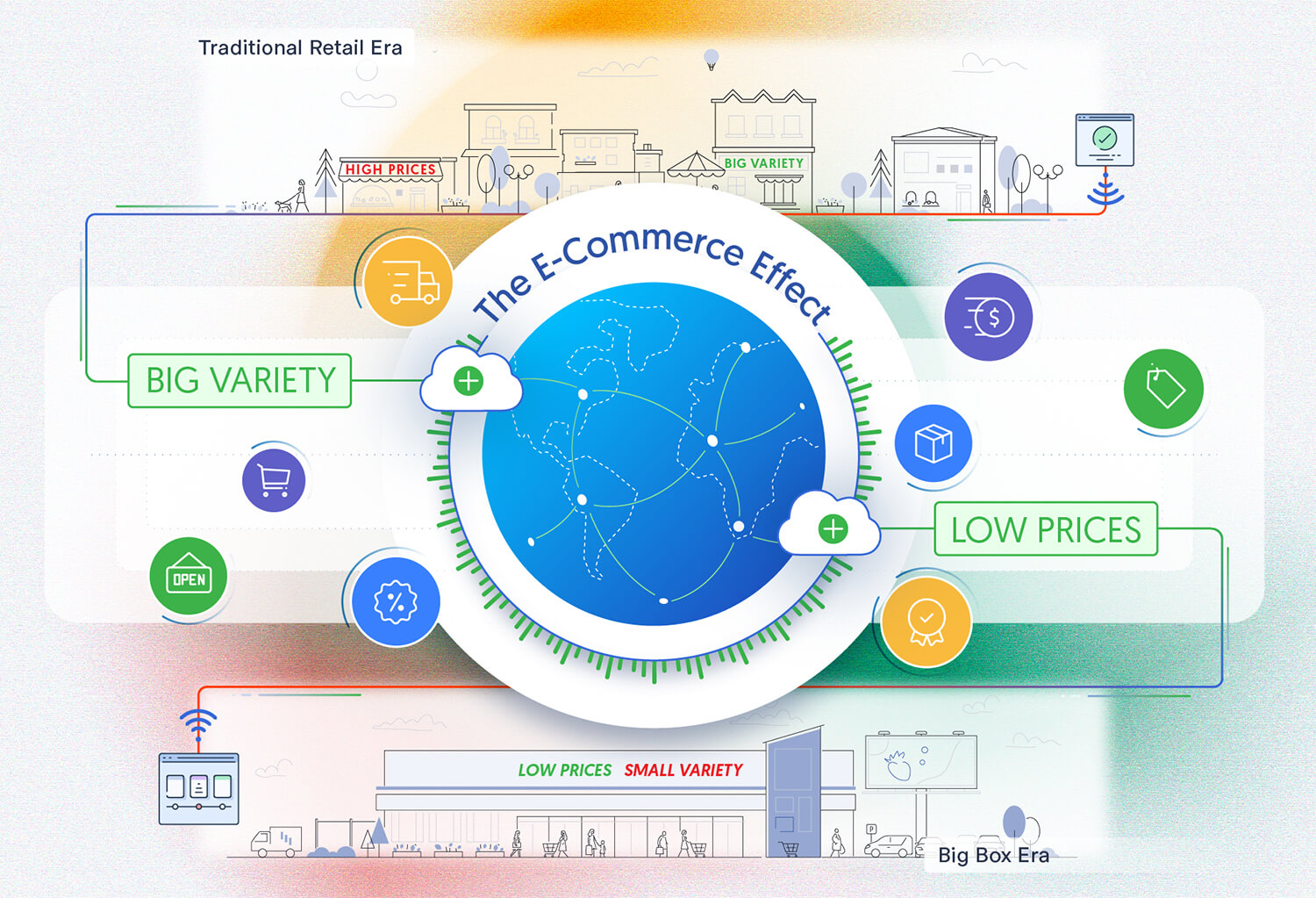It’s Not the Size of the Dog in the Fight, But the Size of the Fight in the Dog

As the title says, the size of a company doesn’t stop that company from offering competitive products and should not determine the acceptability of any company’s actions to innovate. From small to large alike, any business is capable of producing innovative products and competing with the largest firms. However, certain firms have recently come under fire for their efforts, and although offering highly valued services by consumers and businesses alike, even take criticism for defending themselves.
Tech firms are constantly attempting to innovate and compete, often spending significant resources to lead in R&D in order to offer the best services they can, as the competitiveness of the tech industry is a more complicated subject than it may appear at first glance. Criticism aimed at larger tech companies often centers around their efforts to innovate in any sector, discussing their supposed “market power.” As DisCo has discussed in the past, clear assessments of markets, market power, and dominance can be quite difficult to achieve and have all long been points of discussion. [1, 2, 3, 4] Yet critics of “Big Tech” often reach their conclusions to break up companies or punish certain firms based upon oversimplified understandings of these concepts. For example, last July’s CEO hearing discussed a range of concerns voiced by policymakers, the most common of which was the perceived market dominance and abuse of power of the companies the witnesses lead. These conclusions do not reflect the actual state of these companies or competition.
Take Amazon’s new deal with the NFL as a recent example of a competitive move which is open to similar criticism as in last July’s CEO hearing on online platforms and market power. Amazon’s responses to questions for the record regarding content distribution shed light on certain misconceptions around competition in the tech sector. This deal makes Amazon Prime Video an exclusive partner for the NFL’s Thursday Night Football package from 2023-2033. This deal is meant to enhance Amazon’s free live sports programming. Amazon’s efforts through Amazon Prime Video are just one of a number of companies in the sector attempting to innovate and continue to capture consumers’ interest. The streaming market is a highly competitive and ever-shifting space, where many companies offer a host of unique offerings to viewers, cable has been in decline for some time now, and pay-TV just had its worst year ever. Consumers are reaping the benefits from firms such as Amazon offering these innovative new services.
Amazon’s size doesn’t stop it from innovating in the streaming market. Neither does Apple’s as it continues to pursue Apple TV+ content, or Netflix’s as it leads in nominations for this Sunday’s Academy Awards. In a recent WSJ article Netflix’s Scott Stuber, head of original films, expanded on Netflix’s growing desire to produce original movies and stated:
“Competition is good. It makes you sharper as an executive and it gives the artists a chance to find the right place in the market for their idea and get what they deserve for it.”
These services, in addition to the other firms competing in the streaming market, have provided, and continue to expand upon, a wealth of pre-existing and original content for consumers to enjoy. This constant drive towards innovation and competition is not unique to streaming. The tech industry as a whole is characterized by its pushes towards disruption and innovation, which necessarily propel the involved companies to grow, oftentimes exponentially. In a word, they become “big.”
Yet as is often the case, when larger companies take action to innovate, providing highly valued services to consumers, they receive criticism for it. Additionally, it’s becoming increasingly more common to see “swampetition” at play and it appears more companies are becoming targets of such actions based upon their size in the name of “consumer protection” or market correction. What masquerades as an attempt to address perceived inequalities present in the market is really the case that “firms that face serious competitive challenges in the market will turn to political economy, aiming to manipulate regulators into undermining an agile and disruptive competitor.”
There are clear positive effects that come from companies’ efforts towards innovation, no matter their size. The constant pursuit of innovation, often disruptive, by companies across a range of sectors sparks the development of new offerings and services and greater competition between firms which leads to benefits for consumers. “Bigness” by itself should not be an antitrust concern. Size does not preclude competition or innovation.








